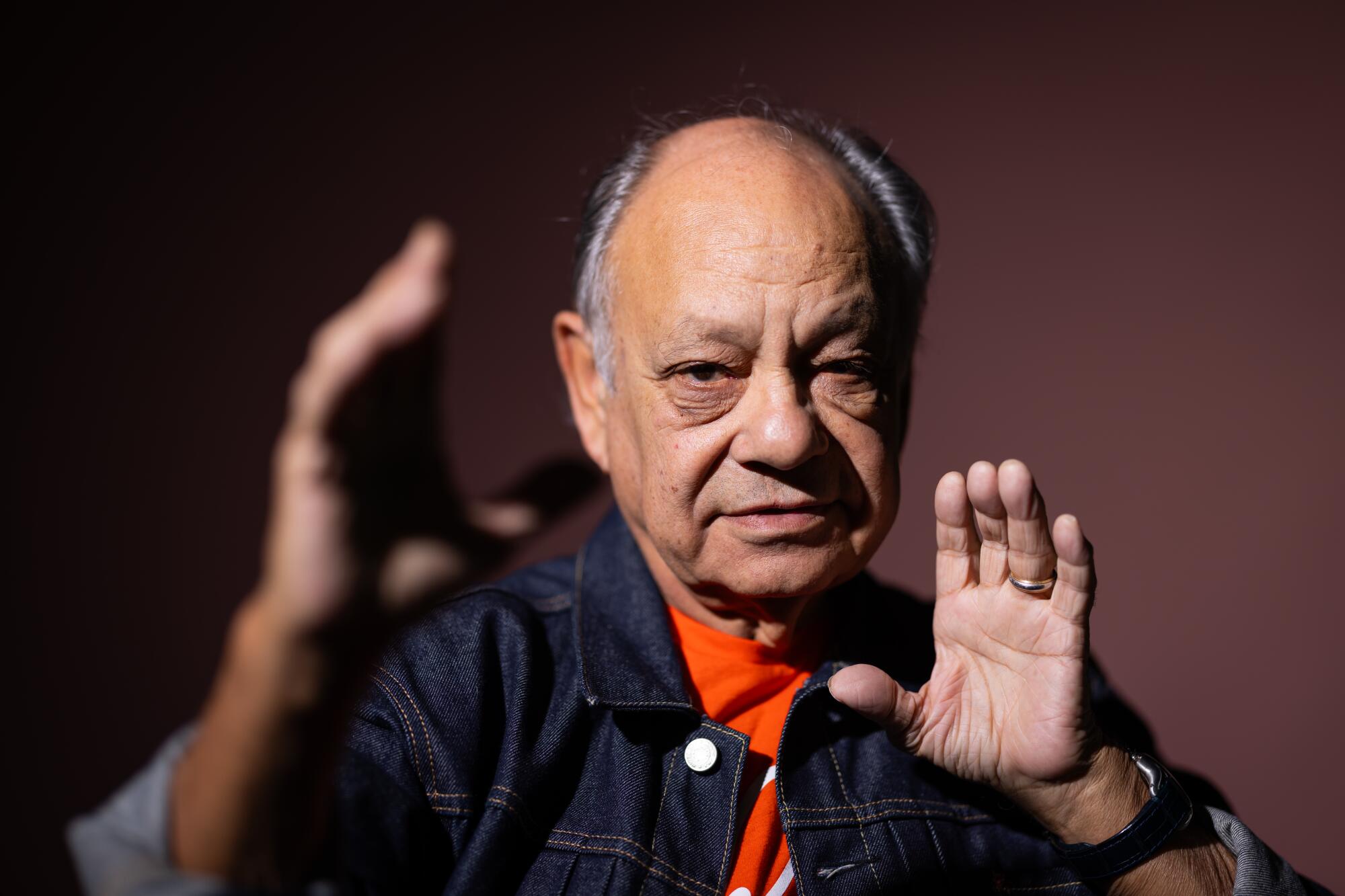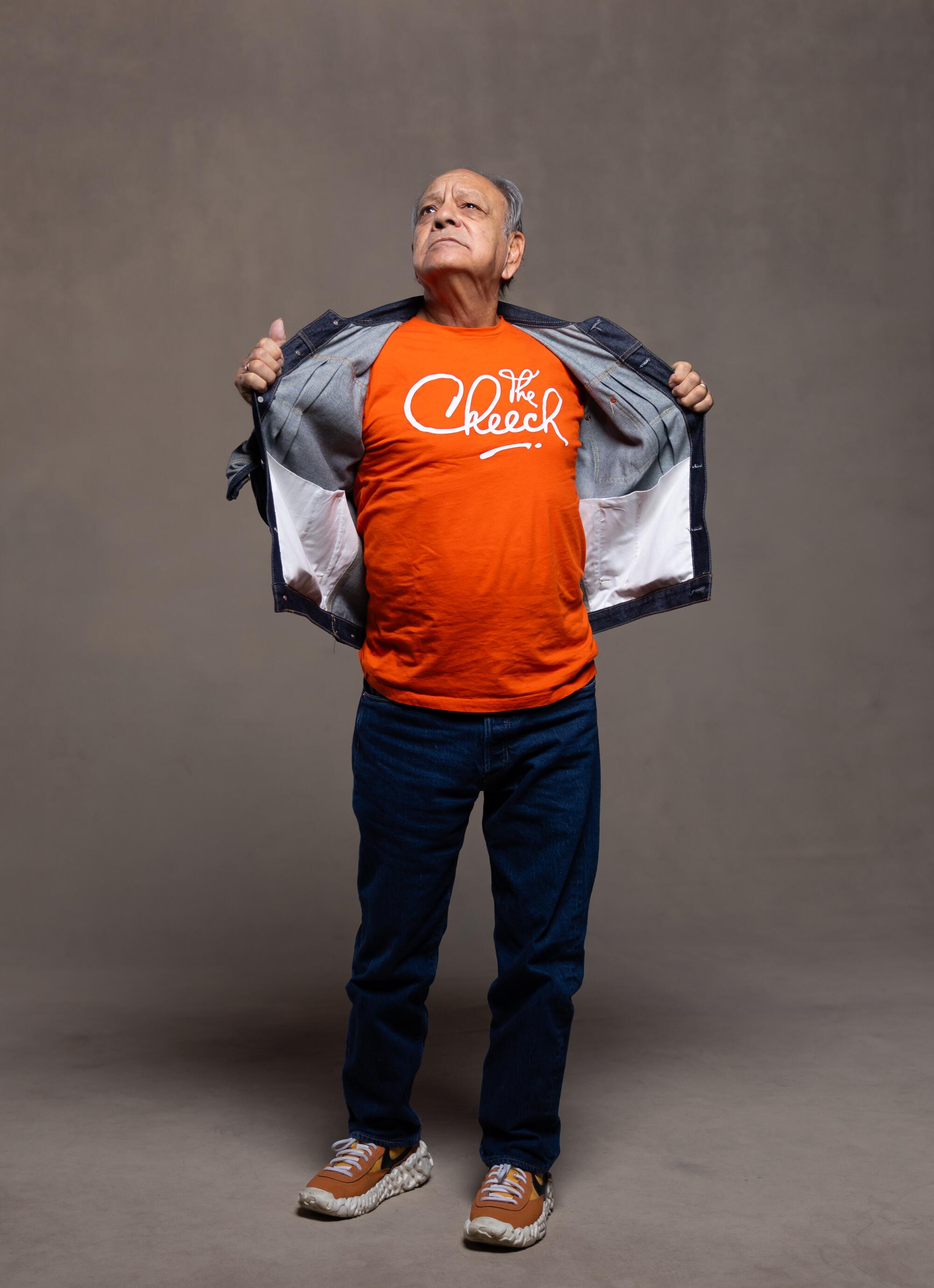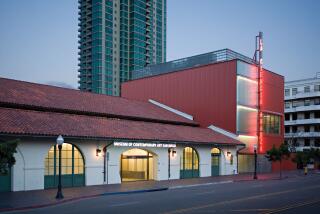
- Share via
In 2017, the Riverside Art Museum presented a touring exhibition of works on paper from the private collection of actor and comedian Cheech Marin. The show may have been small, but it was a smash, drawing record-breaking audiences to a corner of the Southland that hasn’t always registered on art world maps.
Discover the changemakers who are shaping every cultural corner of Los Angeles. L.A. Influential brings you the moguls, politicians, artists and others telling the story of a city constantly in flux.
That initial collaboration sparked permanent change in the Inland Empire’s cultural landscape. In 2022, the Riverside Art Museum opened the doors to the Cheech Marin Center for Chicano Art & Culture, which is focused on presenting art from Marin’s collection: namely, the Chicano artists he has championed and collected since the 1980s. Located in a 61,000-square-foot former library building in downtown Riverside, the Cheech, as it’s commonly known, serves as a vigorous corrective to the programs of major U.S. museums, which have historically marginalized art by Mexican Americans.

Led by artistic director María Esther Fernández, the museum has also served as a site of temporary exhibitions that complement and build on Marin’s (quite male-leaning) personal collection. Recently, a groundbreaking show organized by independent curator Cecilia Fajardo-Hill, “Xican-a.o.x. Body,” examined the ways Chicanx artists have represented the body in contemporary art. L.A. gallerist Charlie James, who represents numerous emerging Latinx artists (including Shizu Saldamando, whose portraits were in the show), says the venue “connects O.G. Chicano art with vital, exploding contemporary Latinx artistic expression.”
At the Cheech, art history is grounded in the Chicano experience — past, present and future.
Marin, 77, made a name for himself as a comedian, one half of the stoner comedy duo Cheech and Chong. He also has a rack of film and television credits to his name, not to mention a line of cannabis products (in collaboration with Tommy Chong). But he believes his ultimate legacy will be the Cheech.
“I’m in the stage now where people, younger people, don’t know [me] or maybe they’ve heard my name from their parents,” he told The Times. “But they don’t really have an idea.”
The Cheech makes his name impossible to forget. It’s emblazoned on the side of the building — a rewrite of both Marin’s legacy and that of the art world in Southern California and beyond.
Times staff writer Priscella Vega contributed to this report.




